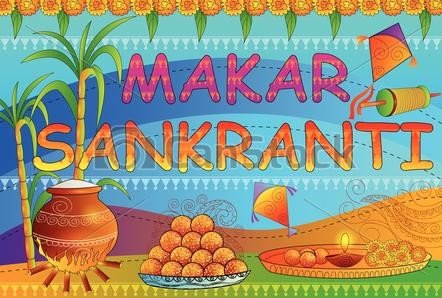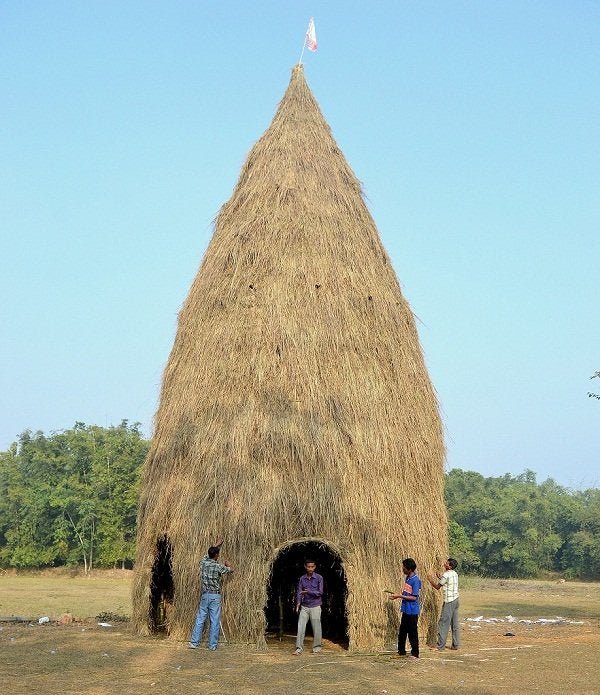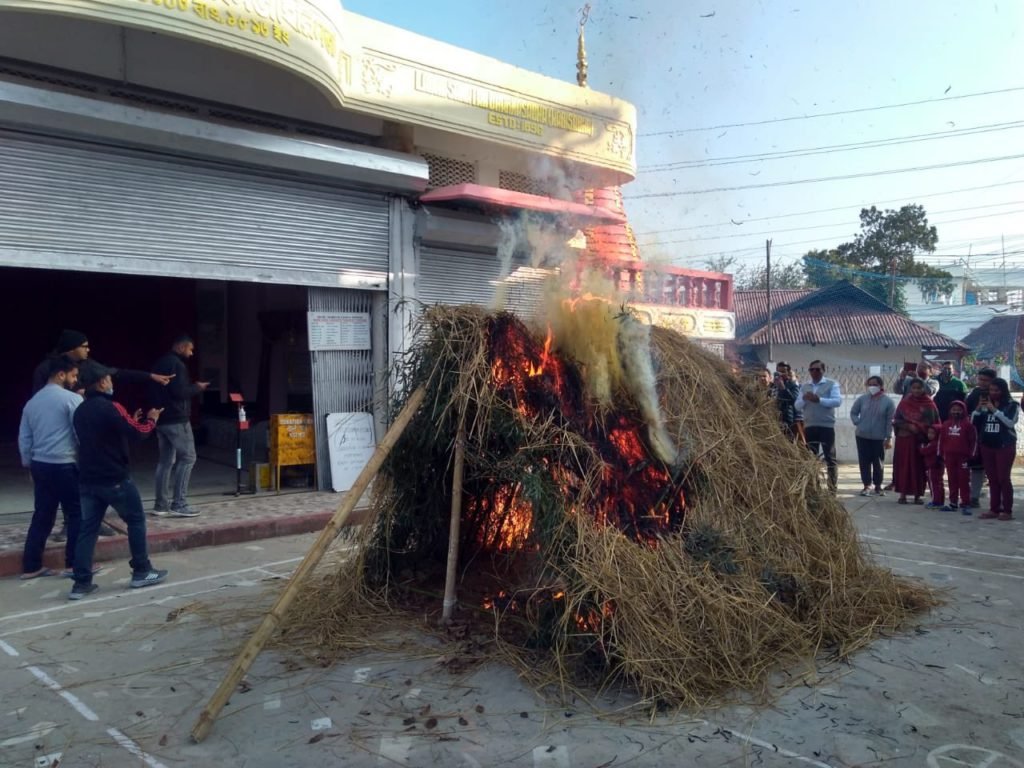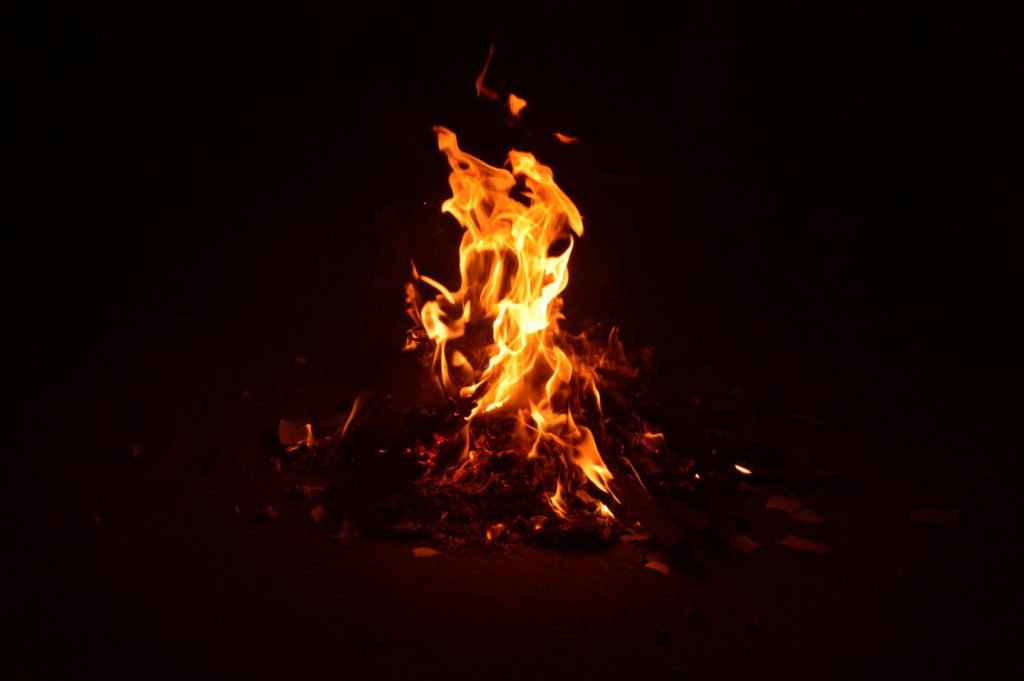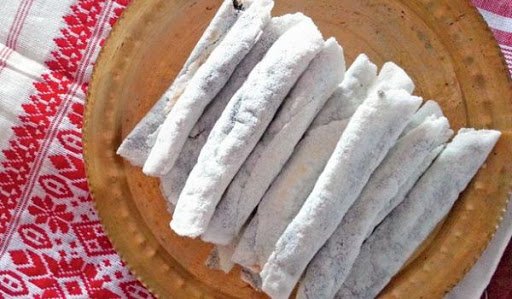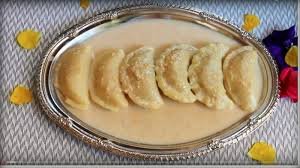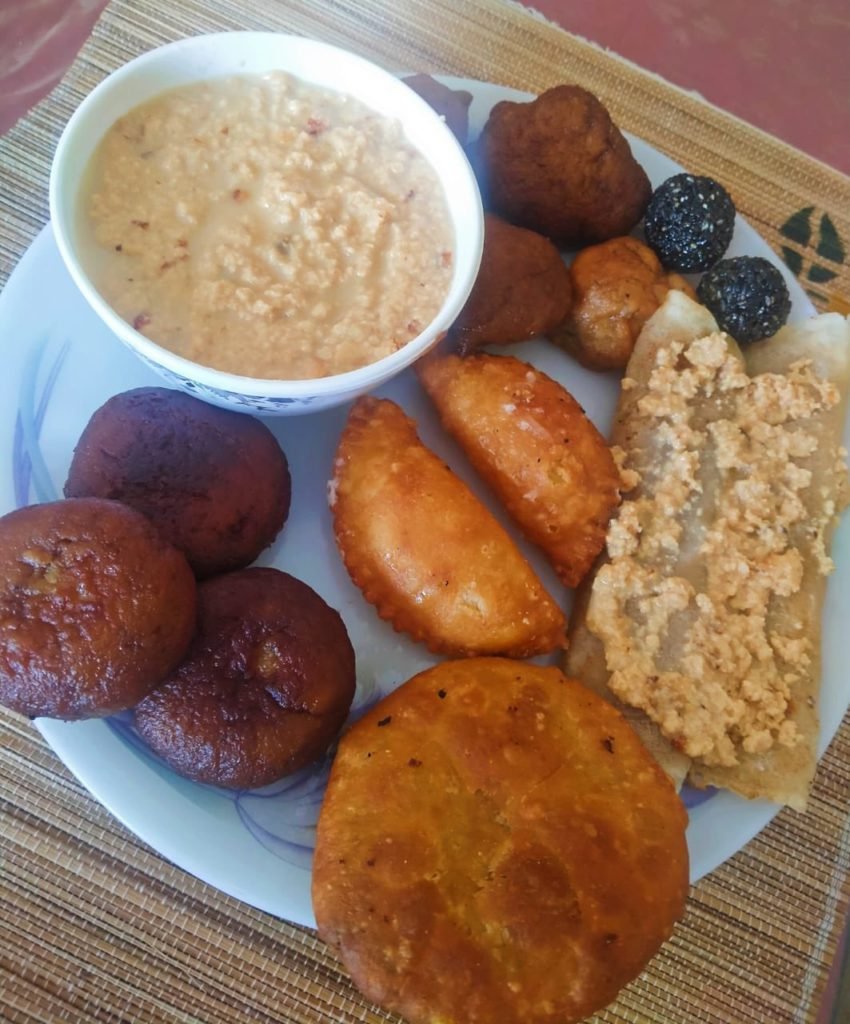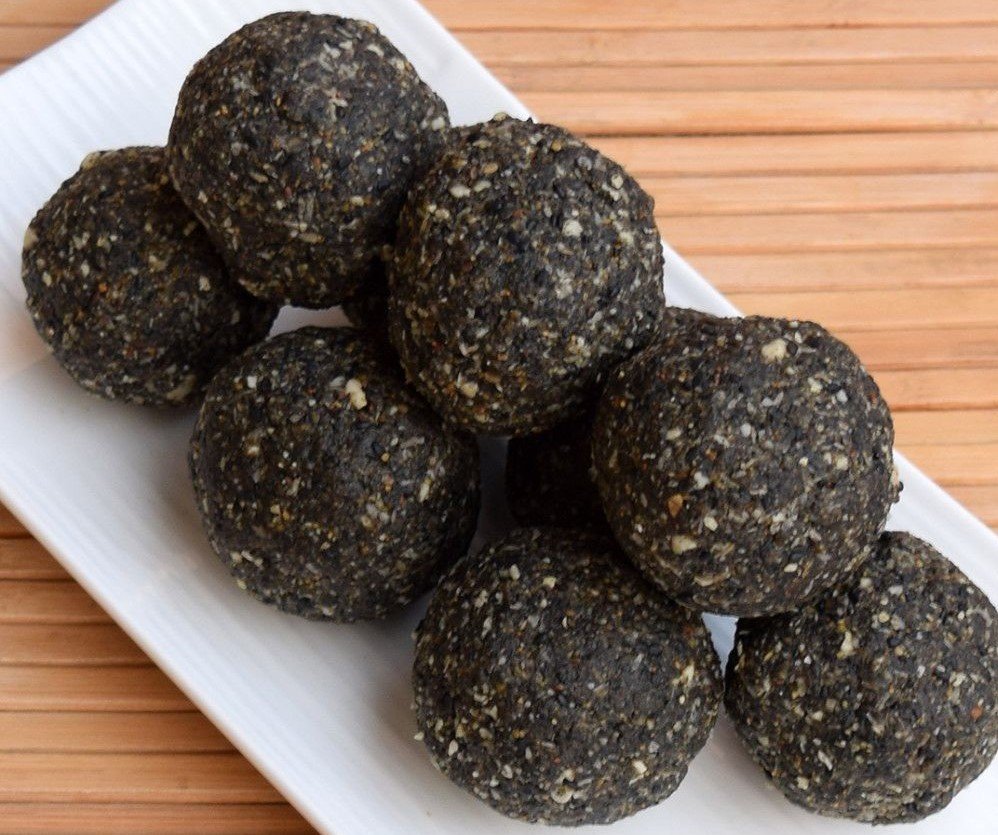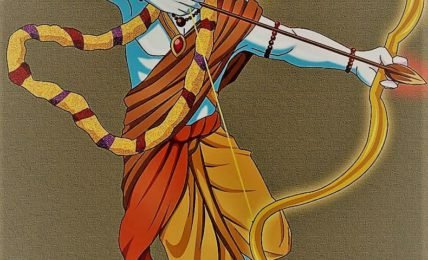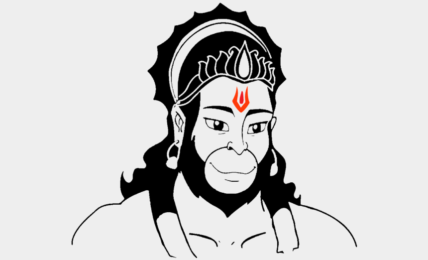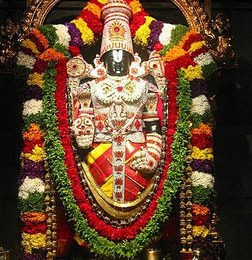Significance of Makar Sankranti And Why We Must Observe Our Traditions unfailingly
Makar Sankranti is a festival dedicated to the Sun. It is observed each year in the month of January. It marks the first day of the sun's transit into Makara rashi (Capricorn), marking the end of the month with the winter solstice and the start of longer days.
